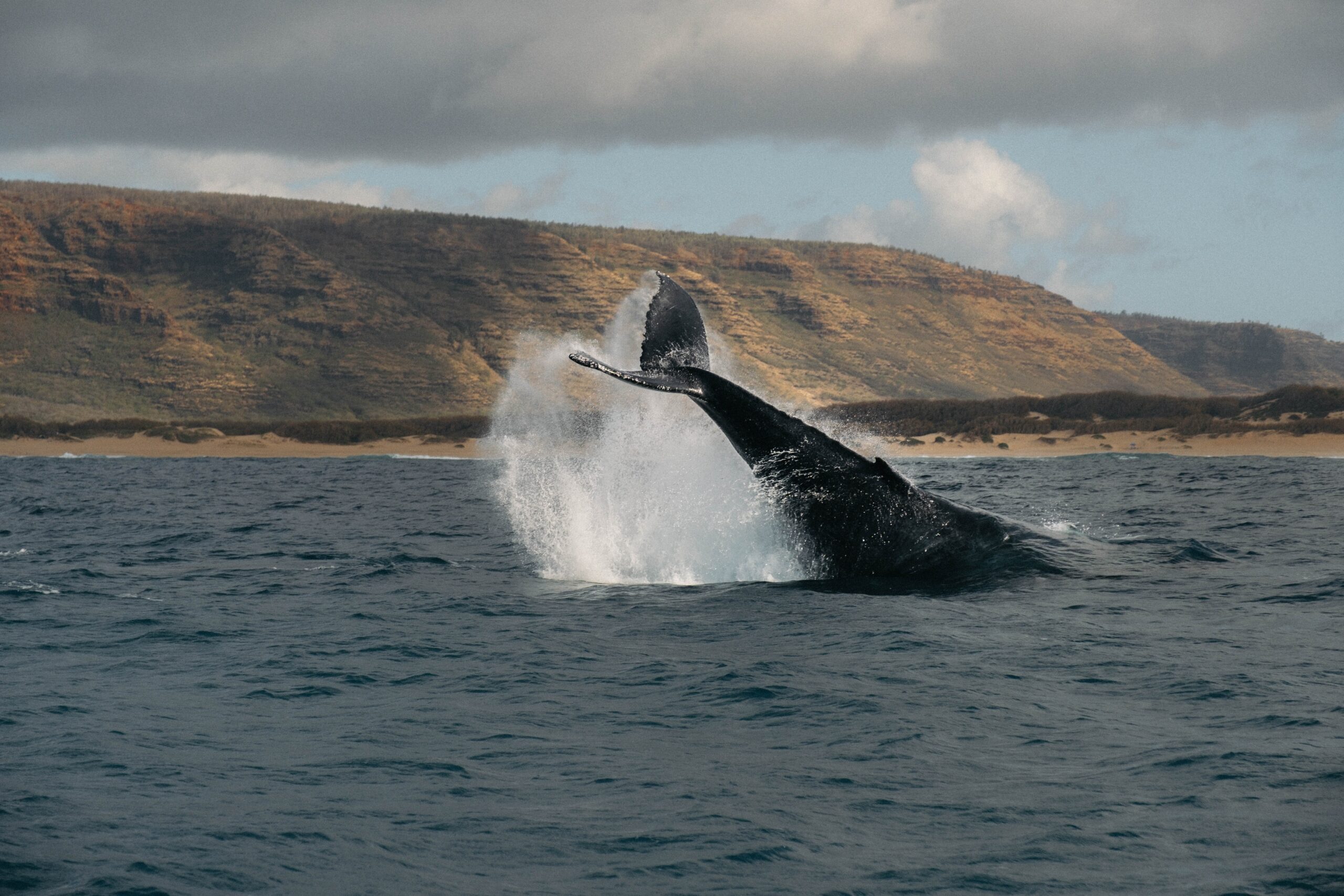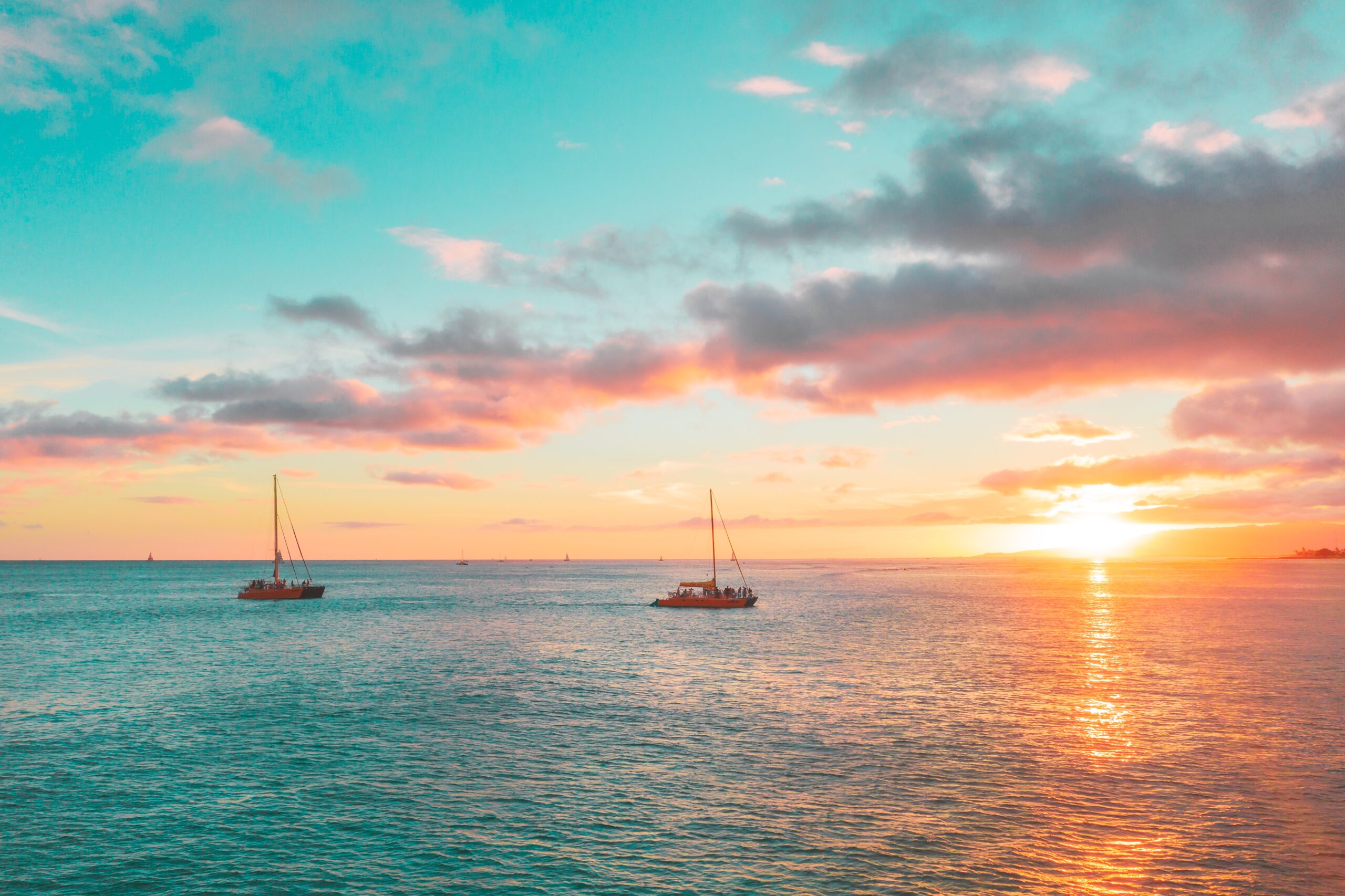
Hawaii Whale Watching: Things You Need to Know

Hawaii is a prized location for many people because of its pristine waters, amazing beaches, cultural vibe, and picturesque natural landscape. But there is one more thing that brings people from all parts of the world to Hawaii, and that is whale watching.
In this article, we will discuss all there is to know about whale watching in Hawaii, so without wasting any time, let us begin.
The Great Migration
Approximately 10,000-15,000 humpback whales migrate to the warm pacific waters in Hawaii during the summer months. These gentle giants travel for about 3000 miles from the cold waters of Alaska to Hawaii to mate, calve, and nurse their young. The waters of the Pacific ocean also provide them with a safe environment devoid of natural predators.
In Hawaii, this migration season is seen with great respect and as the homecoming of these imposing but tender creatures. Because of this, the humpback whale also has a cultural significance among some native Hawaiians, and they are regarded as the “aumakua”-the family guardians.
Whale Watching Season
The whale season lasts from 15th Dec to 15th May in Hawaii. However, the whales are spotted as early as in October. Towards the end of the week after Thanksgiving, visitors can watch whales breaching and thrashing in the waters off the coasts of Maui or Lanai. Most of the whales arriving in November are males, ready to put on the spectacle that brings many tourists to Hawaii from around the world.
Whale Watching Experience on Maui
Maui is one of the best whale-watching spots in Hawaii, especially when it comes to boat-based viewing and tours. It is arguably the best whale watching spot in the world. But the question is, what gives Maui that status? Maui waters are calm, and the whales love the shallow Auau Channel between West Maui, Molokai, and Lanai.
Whale Behaviors
When it comes to whale watching, there are some behaviors that visitors love best. These interesting and enthralling whale behaviors include:
Tail Slap/ Pec Slap: When the whale raises its tail fluke and slaps it on the water’s surface. This behavior is used as a communication signal between whales.
Blowing: When whales come to the surface to breathe and blow the water out of their blowholes.
Spy Hopping: When whales rise out of the water headfirst vertically.
Breaching: It is the most famous and prized whale behavior. It is when the whale launches itself out of the water, and people get a chance to see its entire body. On Maui, you can see mothers breaching with their calves, which is a remarkable sight to behold.
Bonus Tips
Humpback whales are endangered creatures. Therefore, people are not allowed to approach the whales closer than 100 yards. Secondly, when planning your whale watching trip to Hawaii, make sure to check the weather conditions and always pack your sun protection gear with you. Thirdly, keeping a pair of binoculars and a camera can provide great spotting and photo opportunities others might miss.
Lastly, don’t forget to have fun, as it is truly a bucket-list experience that can add an exciting and memorable chapter to your life.






